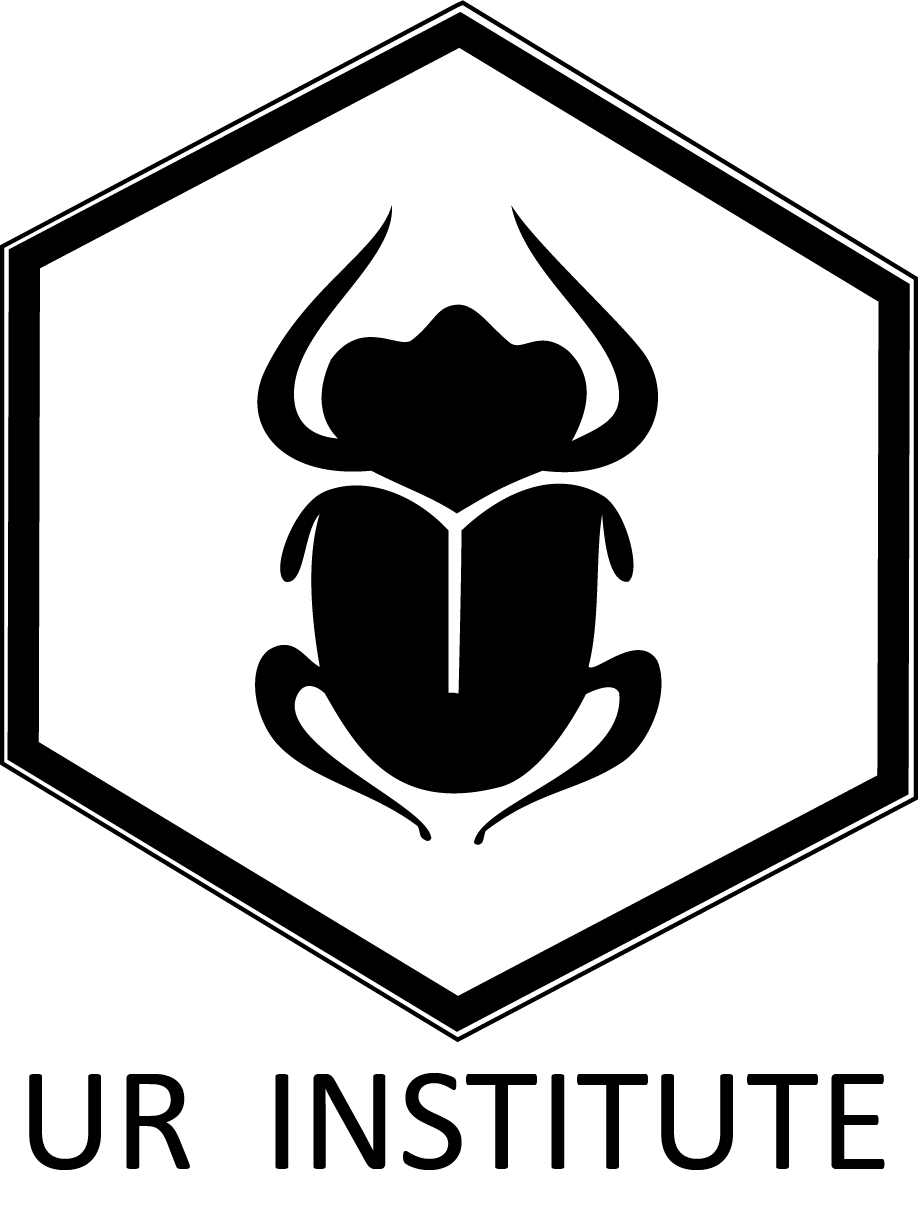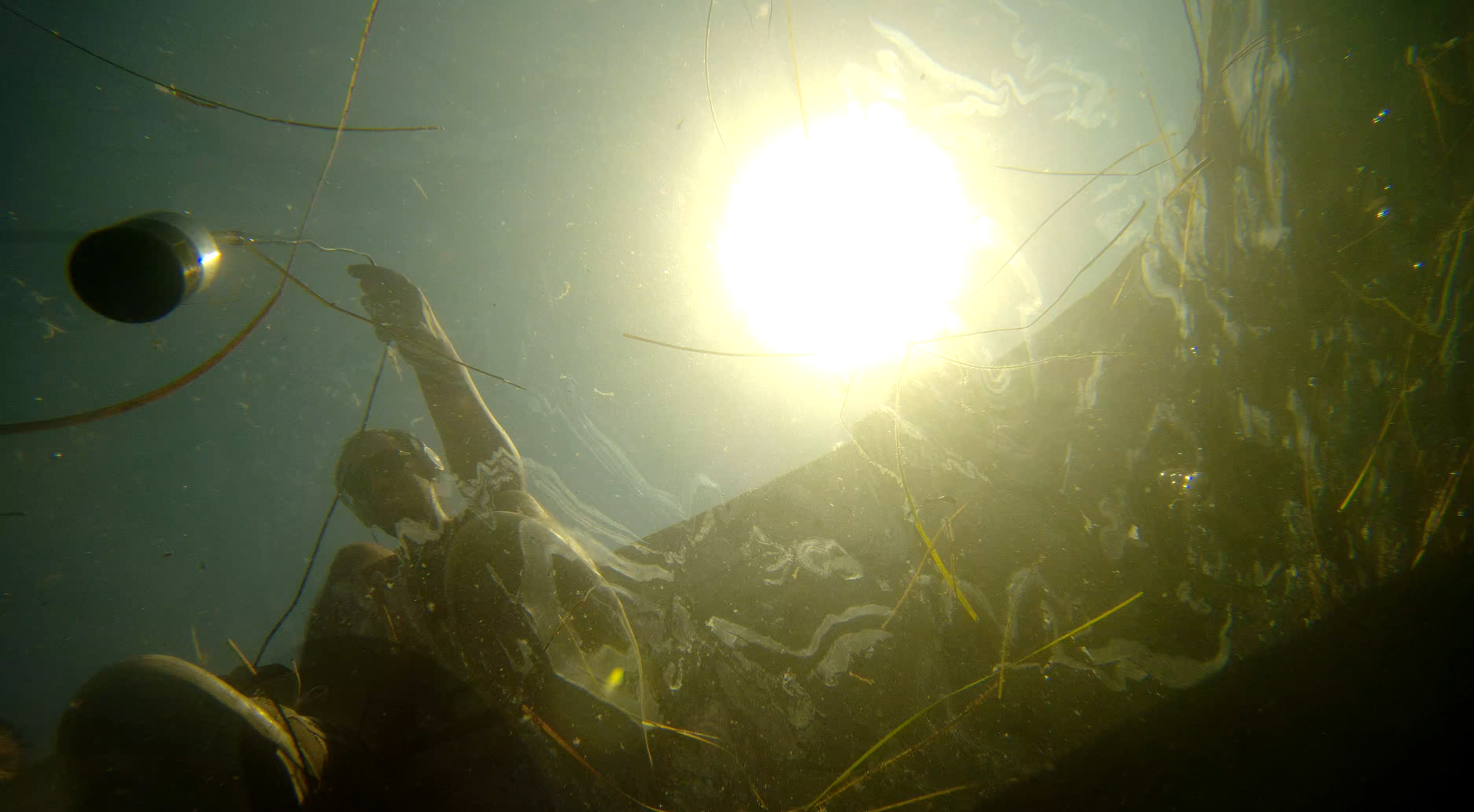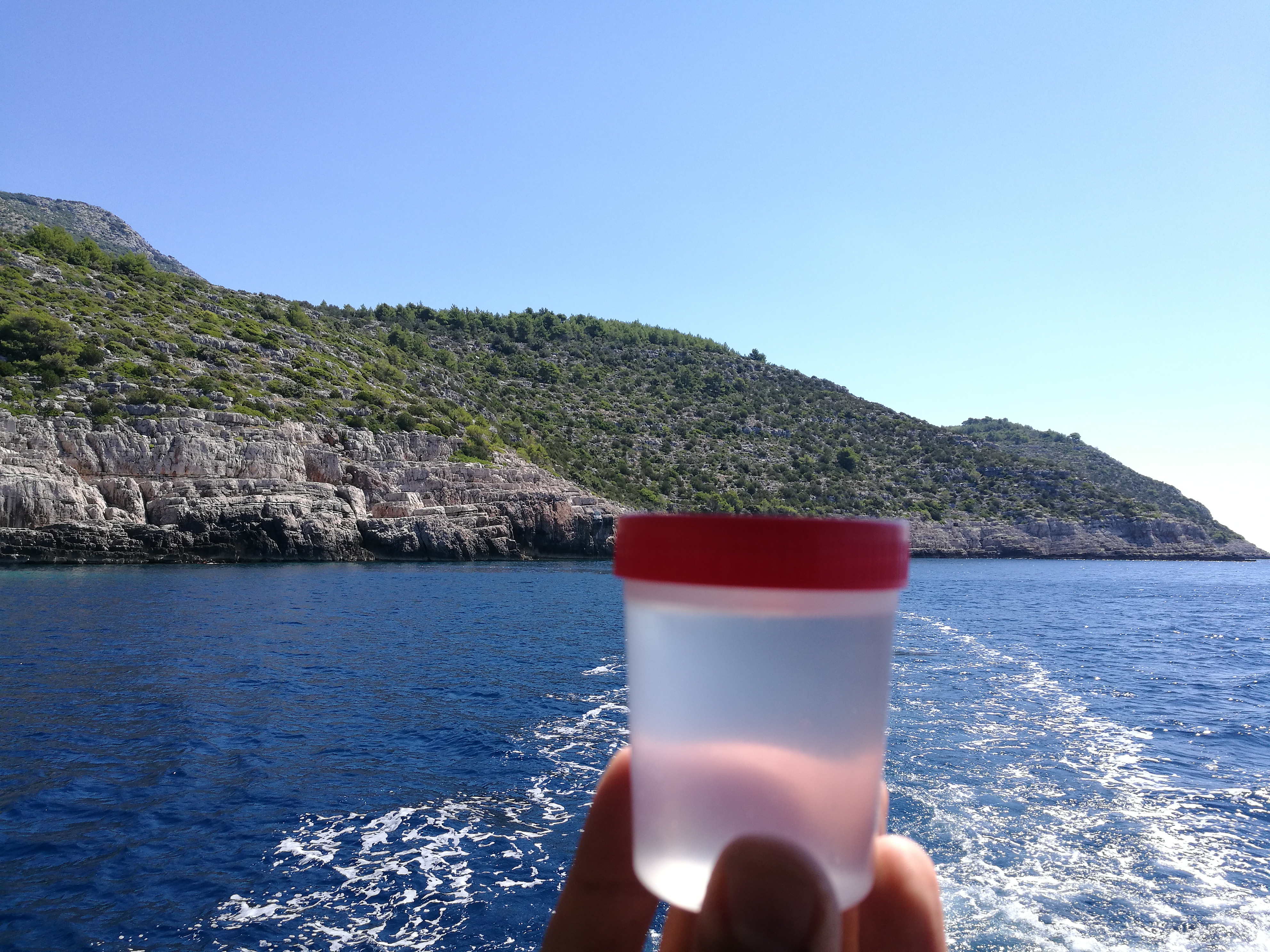S4W Open Call
Challenge: Zero Pollution Adriatic
 Credit: UR Institute
Credit: UR Institute
 Host / Region
Host / Region
 | Dubrovnik, Croatia / Croatian and Slovenian Coastal Area of the Adriatic Sea |
 Abstract
Abstract
This residency seeks to develop innovative tools and ideas for dealing with water pollution and the tourism & hospitality industry’s footprint.
 Keywords
Keywords
sea, sustainable tourism, hybrid art, new technologies, ecological engineering/biotechnology, tourism & hospitality industry footprint, new digital tools (IoT, Big Data, Cognitive computing)
 Description of the regional challenge
Description of the regional challenge
For some time, Croatia has been faced with the problem of large quantities of liquid and solid waste from the tourism and hospitality industry. For example, waste water from restaurants, cruise ships and boats ends up in marine waters, without proper liquid waste processing. Since the release of liquid waste underwater, it mostly goes unnoticed, and so becomes neglected as a problem. These practices are threatening the quality of the Adriatic Sea’s coastal waters and affecting the environment (microorganisms, animal and plant life) and human health – which are all connected through the food chain. Many cities and islands are struggling with the absence of effective, universal solutions to these problems, which are also difficult to overcome individually. Can a STARTS collaboration lay a path of creative disruption and the foundations for sustainable change towards a systemic approach to waste water and marine management? Can art be a generative driving force in improving marine management, enabling new sustainable practices that promote the preservation and remediation of clean (marine) water and the restoration of a rich water biodiversity?
 Region information
Region information
The focus of the call is the Croatian and Slovenian coastal region of the Adriatic Sea – and specifically the cities whose economy is based on unsustainable mass tourism, which produces a negative impact on marine waters and their biodiversity. The countries with coasts on the Adriatic are Albania, Bosnia and Herzegovina, Croatia, Italy, Montenegro and Slovenia. The Adriatic contains over 1,300 islands, mostly located along the Croatian part of its eastern coast. This coastline is Croatia’s most popular tourist region by far, receiving around 11 million tourists a year who over-utilise most of the local water bodies, leading to a massive release of waste into marine waters.
 How is the mission S+T+ARTS driven?
How is the mission S+T+ARTS driven?
The project seeks a truly integrative approach to innovation, beyond the compartmentalisation of art and science & technology, and within a unified S+T+ARTS framework. UR Institute offers a platform for mutual, collaborative and DIWO (do-it-with-others) opportunities for sharing knowledge, and mutual development. We ask: can we use science & digital technology related intermedia/new media art to go beyond merely building awareness towards the hands-on development of concrete, applicable ideas?
 Residency support network
Residency support network
- City of Dubrovnik Association of Technical Culture (HR)
- Dubrovnik-Neretva County Association of Technical Culture (HR)
- Association of Innovators of Dubrovnik-Neretva County (HR)
- The City of Dubrovnik (Administrative Department for Education Sports, Social Welfare and Civil Society) (HR)
- Nature Reserve Island Lokrum (HR)
- ARL - Art Workshop Lazareti (HR)
- Kontejner: Bureau of Contemporary Art Praxis (HR)
- Ars Electronica Linz GmbH (AT)
- Dubrovnik Water Supply (HR)
- PiNA: Association for Culture and Education (SI)
 |  |
Credit: UR Institute
